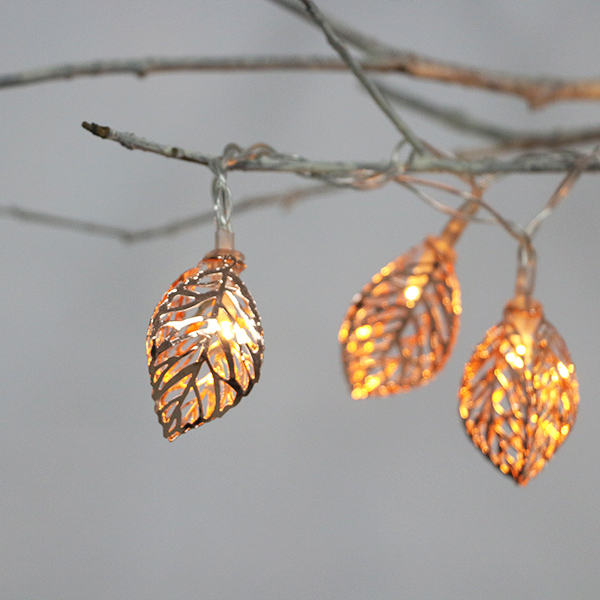

According to the statistics of the European Union Non-f […]
According to the statistics of the European Union Non-food Consumer Product Rapid Alert System (RAPEX), there were as many as 43 notified cases of Chinese-made light strings in 2012. From January to August this year, the number of notifications for this product has reached 39, involving the notified Up to 12 EU countries. Countries such as the United States and Canada have also issued circulars to our products on the grounds that there are potential safety hazards in the light string.
The main reasons for the quality and safety problems of the light string are as follows:
1. Low barriers to entry in the industry lead to increased quality risks. Western developed countries such as Europe and the United States have a great demand for holiday light strings, and the light strings are easily touched during the normal use of consumers. Once an accident occurs, the damage caused by the accident is extremely great. Some production enterprises have weak technical strength, lack of perfect quality control system, and very limited ability to respond to various foreign standards, which may cause deviations in product design requirements and actual application conditions. Once the products have not undergone the necessary testing before being exported, There will be greater quality risks.
2. Design defects have become the main source of the high incidence of light string quality problems. From the analysis of the report, the main quality problems of the light string include the risk of electric shock, the risk of fire and burns, and structural defects. Among them, the safety distance and poor insulation performance have become the main quality problems, which are very likely to cause electric shock accidents, which also shows that there are serious defects in the internal structure of such products, and hidden quality problems have been buried in the design link.
3. Hygiene and environmental protection projects have become new risk points. Since the implementation of the RoHS Directive in 2005, restricted substances have been continuously increasing, the scope of review substances has been expanding, and various severe conditions have been continuously written into the new directive. At the same time, the EU requires member states to update RoHS2.0 to local laws before January 2, 2013. In the 34th RAPEX notification this year, an LED light string exported to Germany was refused entry at the port due to the high lead content in the solder.



